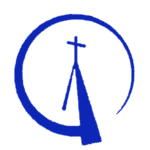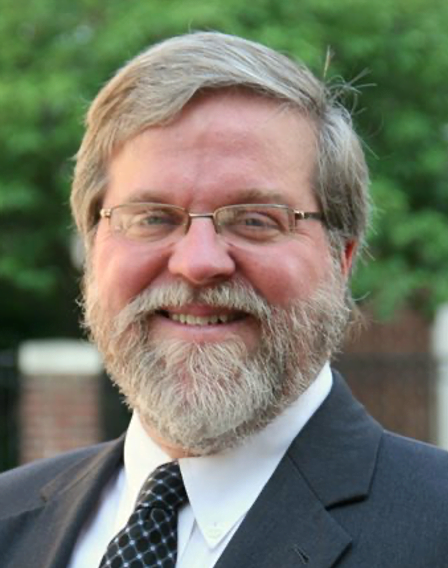Our prelude music is an organ setting of the ancient chant, “Sicut in holocausto”, prescribed for the Seventh Sunday after Pentecost in the Liber Usualis. The text translates:
“As a holocaust of rams and bullocks, and of thousands of fatted lambs, so let our sacrifice be in your sight on this day, that it may be pleasing unto you. For there is no shame for those who put their trust in you, O Lord.”
This setting by Peter Sheehan intersperses the melodic lines of chant with the verses from the hymn, “Adoro te devote”, a prayer written by St. Thomas Aquinas.
———
Our opening hymn, “Open Now Thy Gates of Beauty”, was written by Benjamin Schmolck and included in his Der geistliche Kirchen-Gefährte. Two years later, in his Klage und Riegen, he titled it “The First Step into the Church; or Presenting Ourselves before the Lord.” Catherine Windworth translated five of the original seven verses into English, and included it in her Chorale Book for England (1863). Minor changes were made in the Service Book and Hymnal (1958) and again in Lutheran Book of Worship (1978), without updating the Elizabethan English. Evangelical Lutheran Worship took its version from Lutheran Book of Worship.
The hymn was paired with the tune UNSER HERRSCHER by Joachim Neander (1650-1680). This is one of the first hymn tunes to employ an upward major sixth, which since then has been less unusual. Prior to this there were leaps of thirds, fourths, and fifths. The sixth was made possible by two musical developments: 1) the gravitation toward “common practice harmony” of the seventeenth-century Baroque period and 2) the use of the pipe organ to accompany congregational singing and help congregations accommodate the larger interval.
In addition to hymn tunes, Neander wrote about sixty hymns, among them “Praise to the Lord, the Almighty” (ELW 858, 859). He has been called “the Paul Gerhardt of the German Reformed Church.” Percy Dearmer says that “although many of his hymns are of subjective cast, the most famous are triumphant outbursts of praise.”
Neander took long walks in the valley of Düssel near Mettmann. The valley was named for him, and it was there that the “Neanderthal [Neander Valley] Man” was discovered two centuries later.
———
In 1994 Andy Park (b. 1957) received a song idea from someone, although he didn’t know that’s what it was at first. By this time, he had already been involved with music projects in churches for several years in California and in British Columbia in Canada, so he was familiar with song development, composition, and production. Yet, the song “The River Is Here” came to him in a
way that caught him off guard. Here’s what he says, in his own words:
‘This song began when I received a picture in my mind’s eye of a mountain with a river running down it. I prayed about it, not realizing that it was a word from God to prompt a new song. I did a word study in the Bible for “mountain” and “river” and found imagery in Ezekiel, the Psalms and the book of Revelation which provided the basis for the song. While on a brief personal retreat I wrote the song.’


